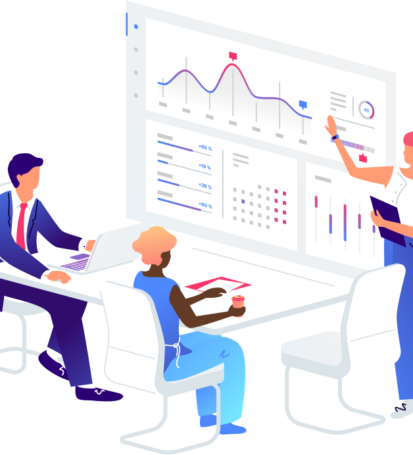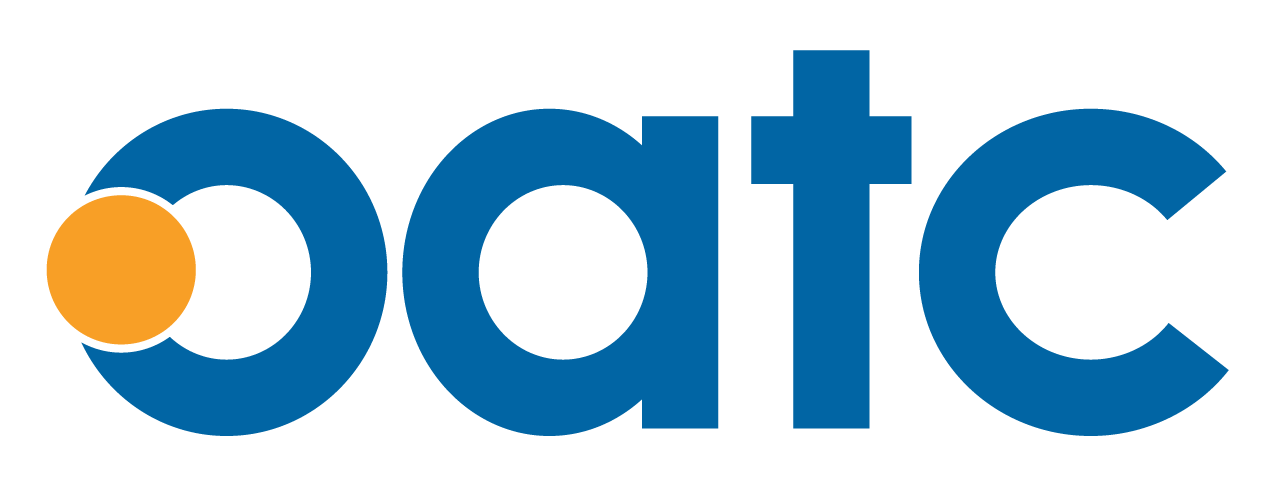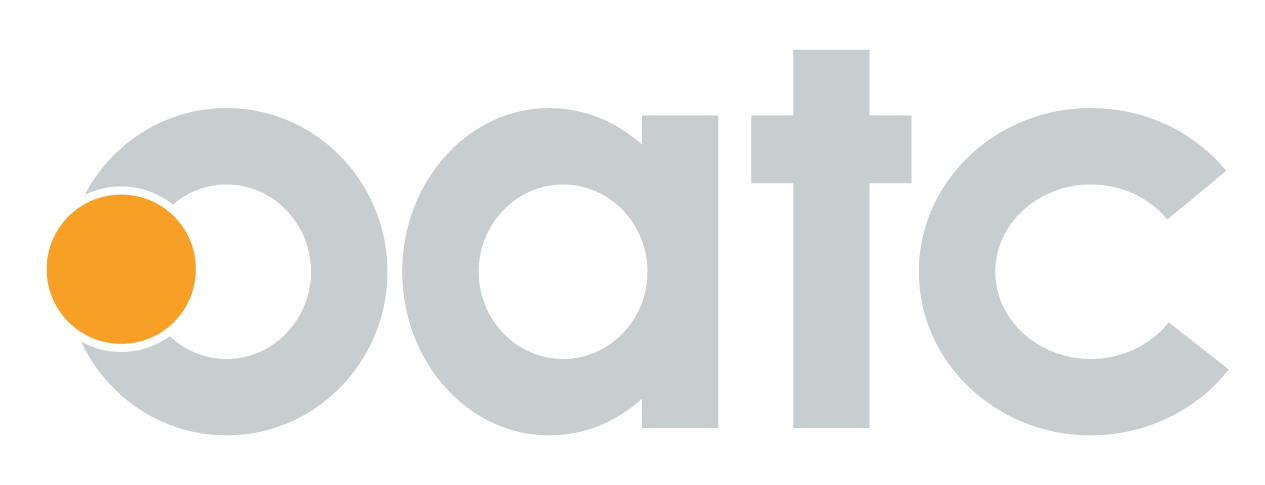
Enterprise application projects should not be overcomplicated by needless processes and paper.
This happens quite often and unnecessarily. Learn why our proven methodology leads to success.
The CRP Method is unique, as the primary focus is getting to iterations of testing the enterprise applications. The testing iterations (CRPs) have many residual effects, such as increased organizational learning of the enterprise applications, decreased change management because of this involvement, decreased application issues and problems in production, and progressively satisfied team members and management. The testing iterations (CRPs) exercise the implemented or upgraded applications while validating business requirements, setups, migrated data and customizations – all while simulating real business transactions using real business data. The rewards and residual effects of this approach are astounding.
More About Our CRP Method
Phase 1: Planning & Governance
Management of the organization is engaged in several interactive sessions. The project team is organized and oriented. Planning and Communication about project begins.
Phase 2: Definition & Analysis
Project is planned in further detail, the organization’s business objectives are reviewed, and the business processes are understood by project team. The future applications model is created; the applications are installed, setups defined, and gaps identified, CEMLIs organized.
Phase 3: Solution Design, Development and Testing Preparation (preCRP)
The purpose of this phase is to design, develop and build the new system to meet future business requirements of the upgrade or implementation.
Phase 4-6: Conference Room Pilots (CRPs) 1, 2 and UAT
The purpose of the conference room pilots (CRPs) phase is to validate the newly implemented or upgraded system is congruent with business objectives, requirements, both current and future. During the CRPs, integrated test scripts and test scenarios are executed and integrated, cross-functional tests of all solutions including data conversions, interfaces, modifications, reports, security, and third-party integrations is conducted. Prep for training.
Phase 7: End User Training
End User training plan is executed – the applications training is delivered.
Phase 8: Production Transition & Stabilization
Production Transition and Stabilization, the project team releases the applications into the organization


